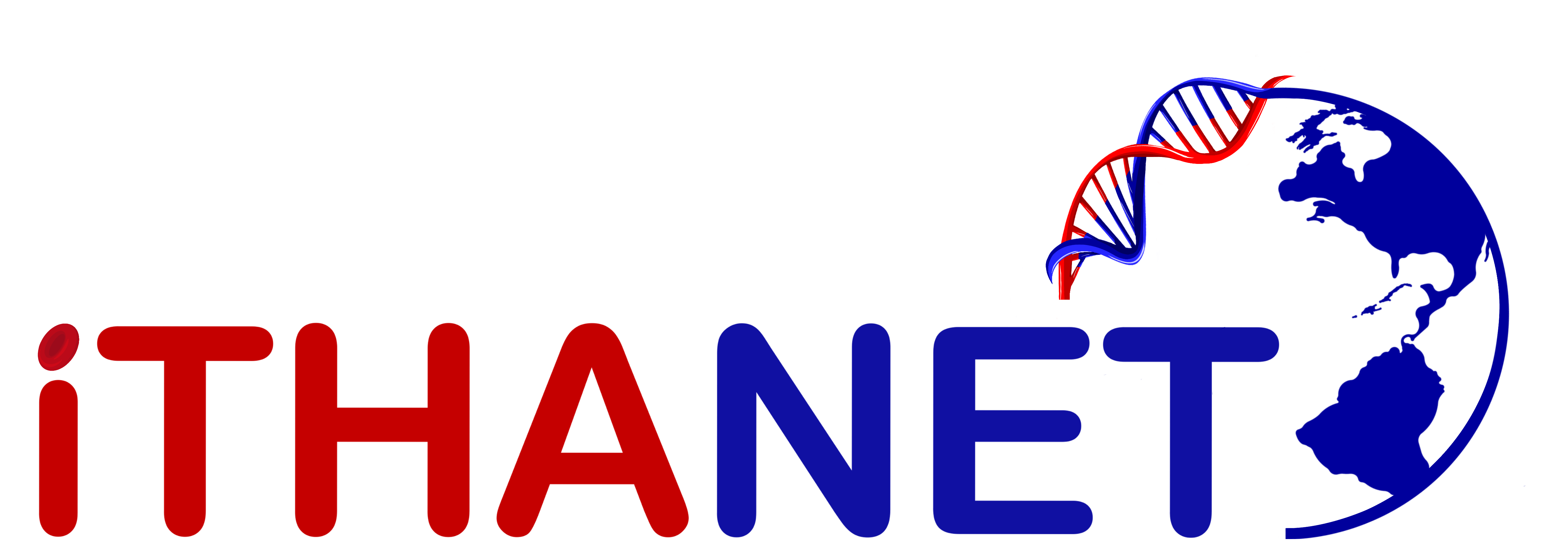
Patients on hydroxyurea who receive a maximum tolerated dose (MTD) that is specific for them have greater clinical benefit than those who receive a standard lower dose. There is, however, no way currently to predict the MTD for individual patients. As such, MTD for each patient is currently determined by gradual increases in the dose over several months, a process that is time-consuming, requires monthly clinic visits, and delays the benefits of hydroxyurea therapy.
The researchers in this study have developed an equation that could be used to predict each patient's MTD before starting hydroxyurea treatment based on baseline patient characteristics. The purpose of this research study is to compare the predictive equation to the current standard practice of gradual dose escalation. The goal is to determine if the equation will allow the researchers to achieve MTD faster and with no more adverse effects than are seen with the dose-escalation method.
More information: clinicaltrials.gov, ITHANET Clinical Trials



